
Boijmans in the City – Human Power Plant
Art as part of the energy transition
Now that Boijmans Van Beuningen is closed for the renovation and renewal of the museum, there is time to support projects in the city. “Boijmans in the City” is the museum’s social design program. It is used to boost social innovations in the city, from design and art.
This happens in Bospolder-Tussendijken (BoTu), a Rotterdam working-class neighborhood in the top five of the poorest postcode areas in the Netherlands. This district will be the testing ground for the energy transition by installing a new heat network and removing all households from the gas.
Museum Boijmans Van Beuningen works here with local residents, community workers, artists and policymakers on an imaginary scenario of an inclusive, energy-neutral neighborhood.
According to the artist Melle Smets, one of the participants and member of the Human Power Plant collective, when planning the Rotterdam energy transition, too little is said about the interests of the residents and what the transition will yield for people who have less to spend. In other words: “an inevitable task such as the energy transition can also offer opportunities to build an inclusive and resilient city and living environment”, says Smets.

Neighborhood participation
Many different groups with very diverse backgrounds live in BoTu. Together these groups have very diverse knowledge about how we deal with energy. How we make it, use it and save it. The Human Power Plant team collects this knowledge under the leadership of Beekhuizenbindt and as a source of inspiration for a climate-neutral future, without fossil fuels. For example, many elderly people live in BoTu, who have already gone through two energy transitions: the hunger winter in WW2 and the switch from coal to gas around 1968. BoTu has also always been a migrant neighborhood. This is an international think tank about energy tips. For example, how did your family cook in the mountains of Eritrea, Morocco, Cape Verde or other parts of the world? The Zelfregiehuis Delfshaven also organizes workshops with the neighborhood children (who are adults when the neighborhood is energy neutral) to imagine a fossil-free BoTu from their own fantasy. The project is captured by photographer Florian Braakman, also a resident of BoTu. Thamar Kemperman creates participatory theater, Bakery de Goedkoop builds the first prototype for a communal fire, Wewatt supplies two human power plants to generate electricity.

What is the future scenario then?
Melle Smets: “Local residents draw energy from local sources, solar and wind energy. Household tasks are organized jointly. The squares in the neighborhood are equipped with public kitchens, canteens, bathhouses, washrooms and toilets. This has reduced energy consumption enormously and the general well-being has increased spectacularly ”.
The progress of the BoTu scenario / HOUSE OF THE FUTURE can be followed on: www.huisvandetoekomst.org
Magazine
Rotterdam Art Week 2022 Review
retrospect Rotterdam Art Week 2022
...
Read more

Sculpture Park: New part of Art Rotterdam emphasizes ties with the city
Rotterdam has an internationally unique collection of more than 50 large public works of art...
Read more

#ASK: Marten van Middelkoop & Joost Dingemans from Plasticiet
Plastic has a reputation problem, in part because many people tend to think of organic...
Read more
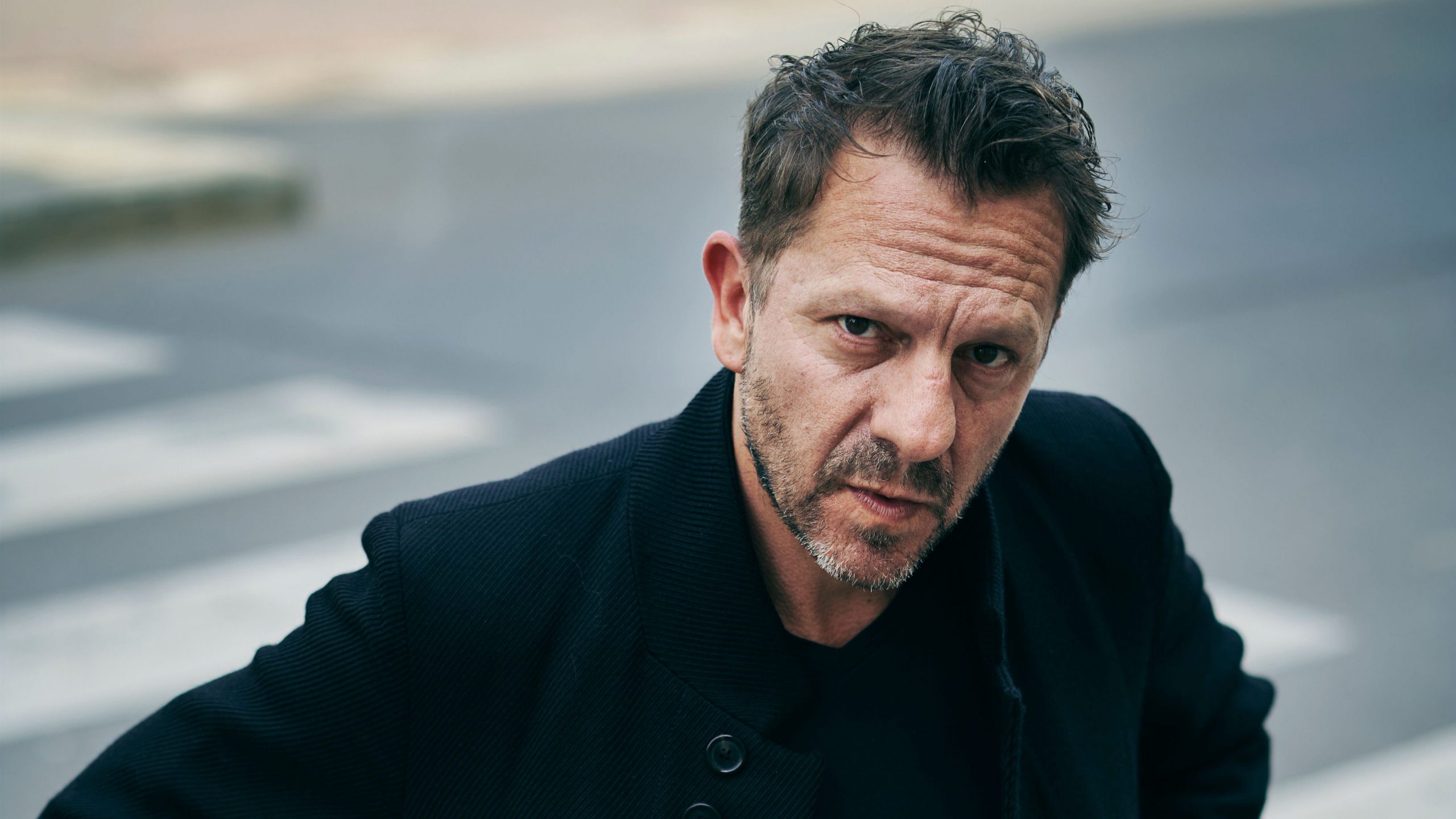
#ASK: Tom Barman
On Tuesday 17 May at 17.00, an exciting solo exhibition will open by the Belgian musician, director and photographer Tom Barman. The opening will also mark the official opening of...
Read more
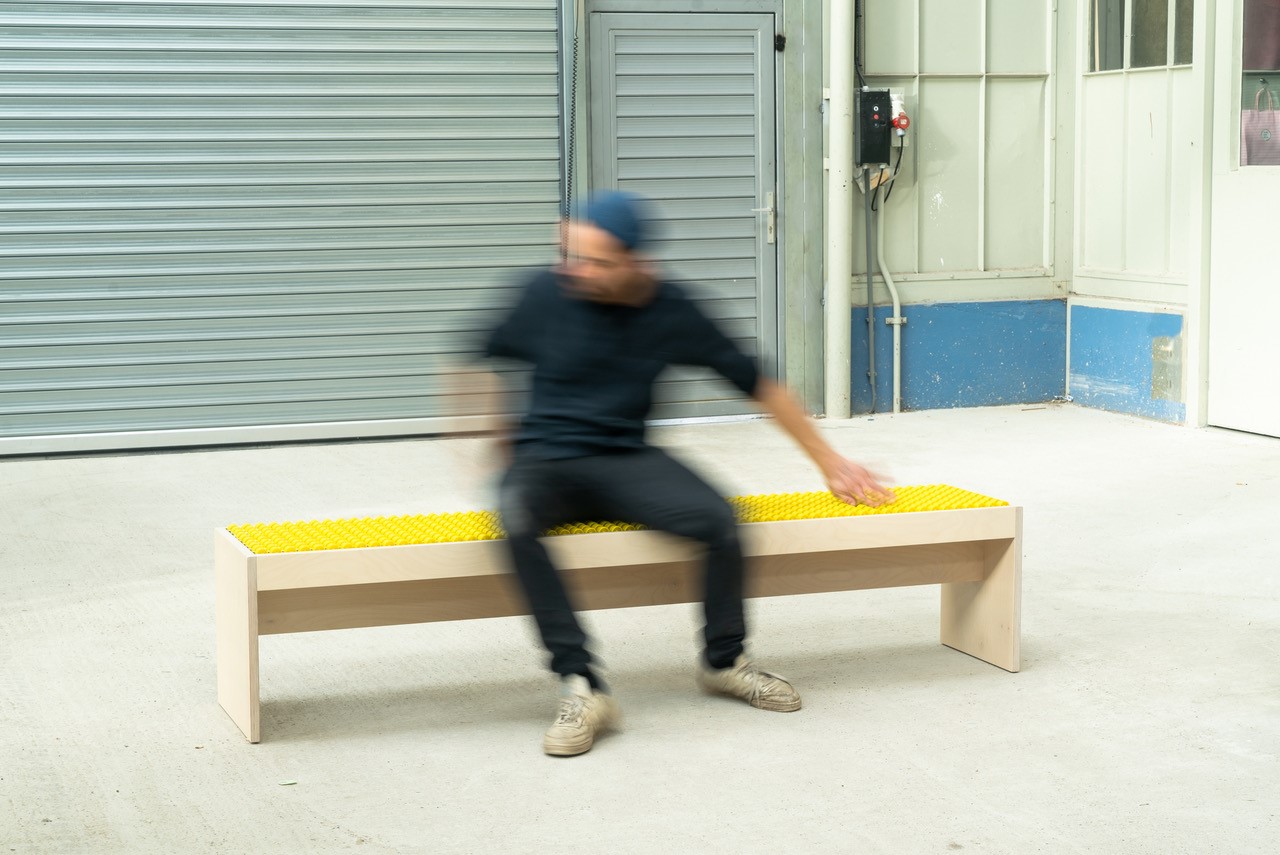
#ASK: Johannes Langkamp
You may have already spotted the innovative work of the German artist Johannes Langkamp in the new exhibition 'Art is the Antidote' in Museum Voorlinden. Or in the new depot of Museum...
Read more
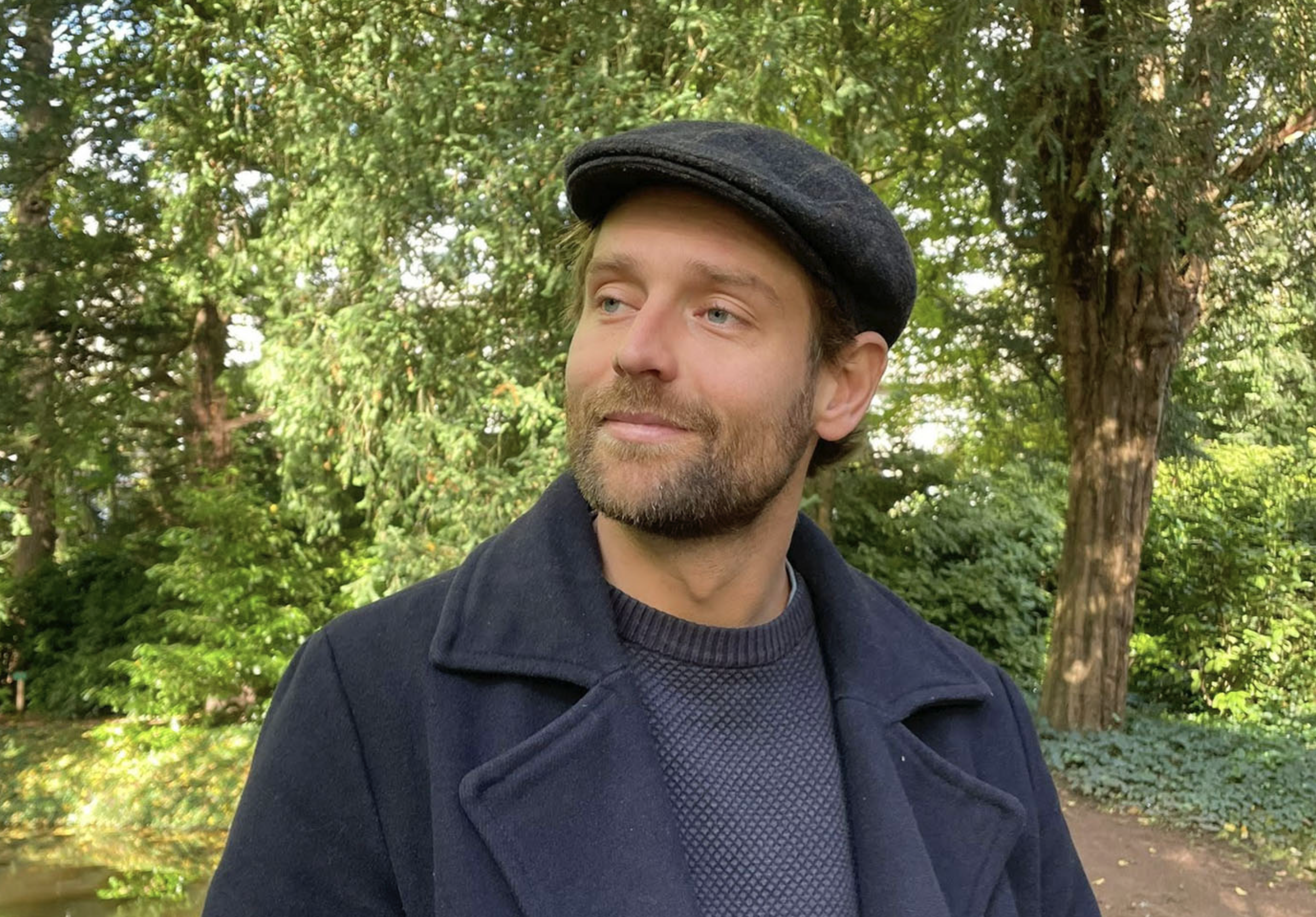
#Ask: Fela Donker of the Kunstenaarsbal
Are you ready for a unique party in which visual art, photography, performance, theatre, audiovisual art and music come together? At the Kunstenaarsbal in De Doelen you get a chance...
Read more

Featured: M4H during Rotterdam Art Week
During Rotterdam Art Week, you should definitely explore the dynamic Merwe Vierhavens area, which owes its name to the four ports that are located in this neighbourhood. Besides classics like...
Read more
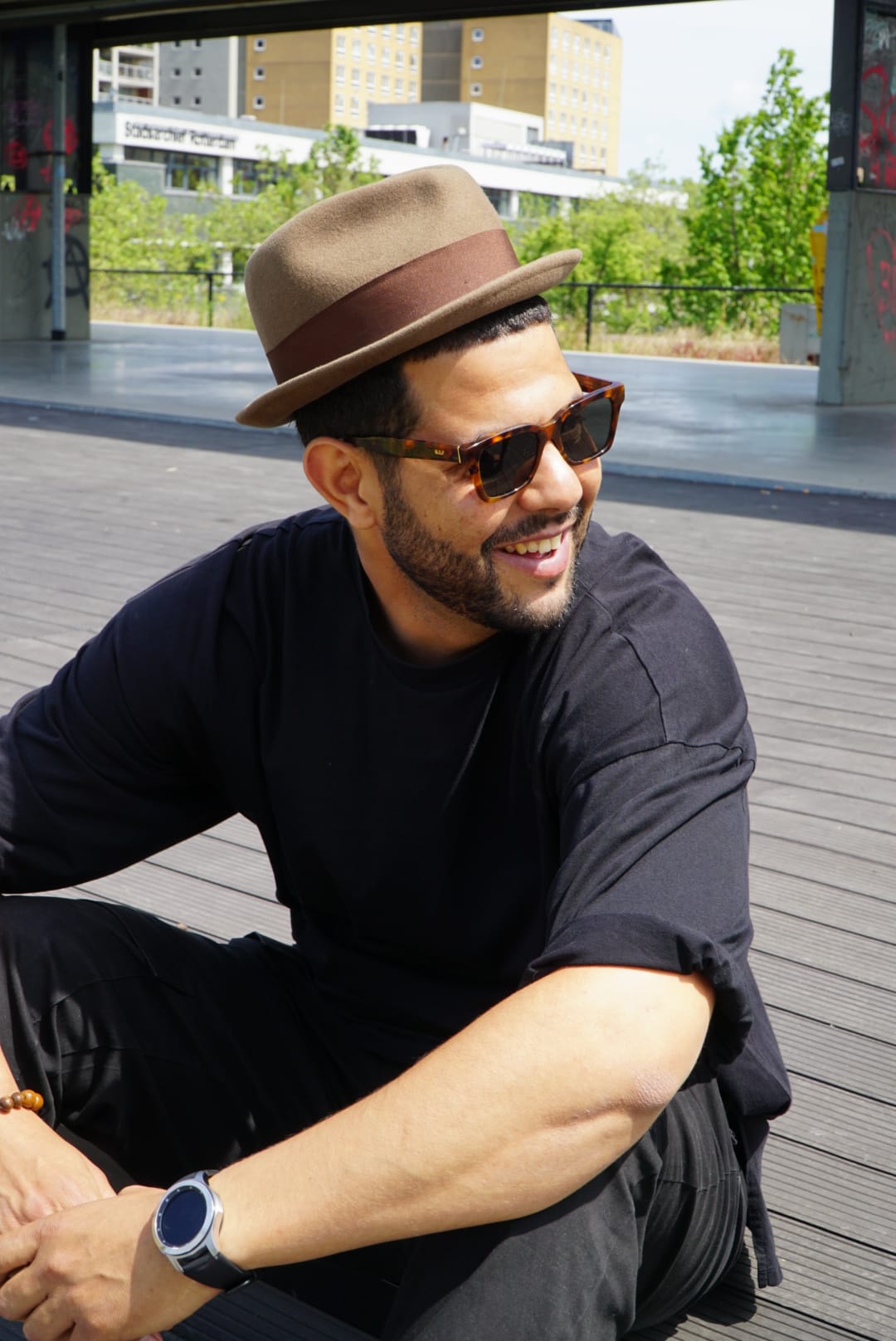
#ASK: Houcem Bellakoud
On 21 and 22 May, Unity in Diversity (UID) will present the Art Market, in...
Read more
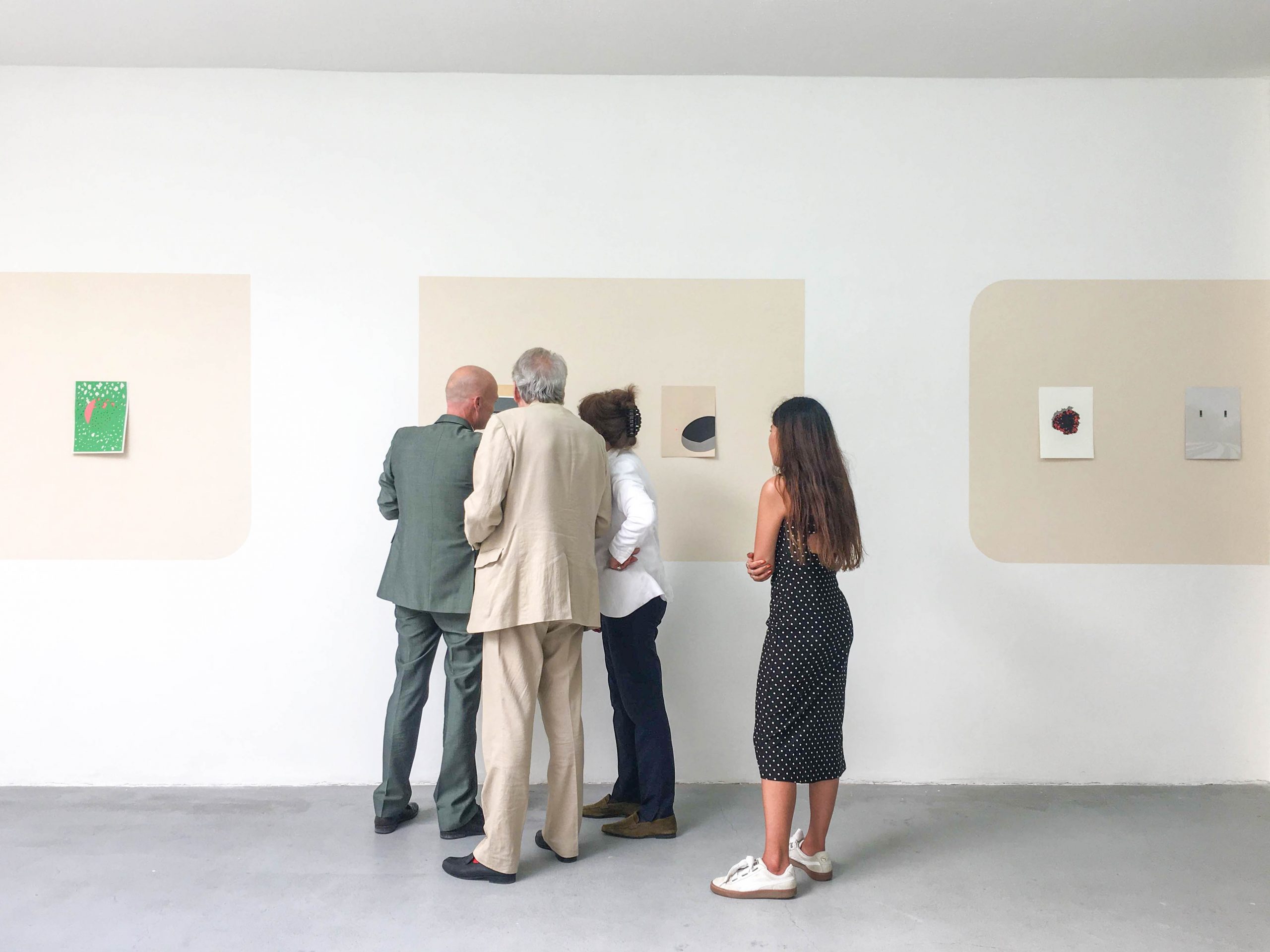
#ASK: Erika Vati from Art Index Rotterdam & tour partner Anne-Marie Ros
Of course, you two are insiders when it comes to art, culture and design in...
Read more




